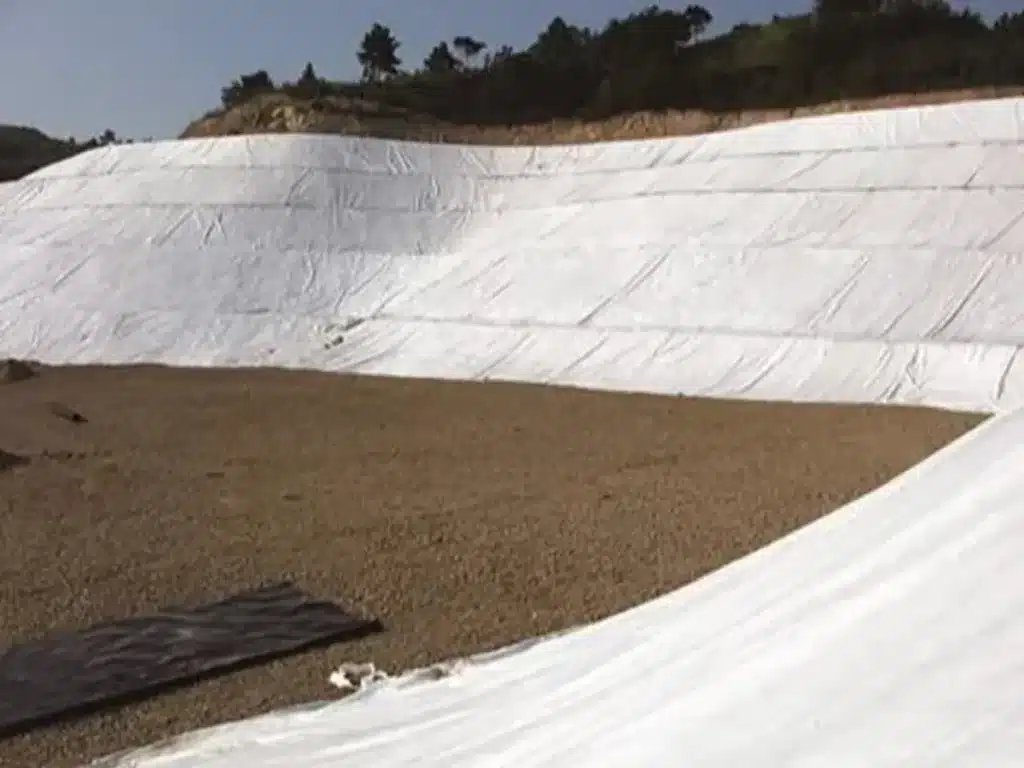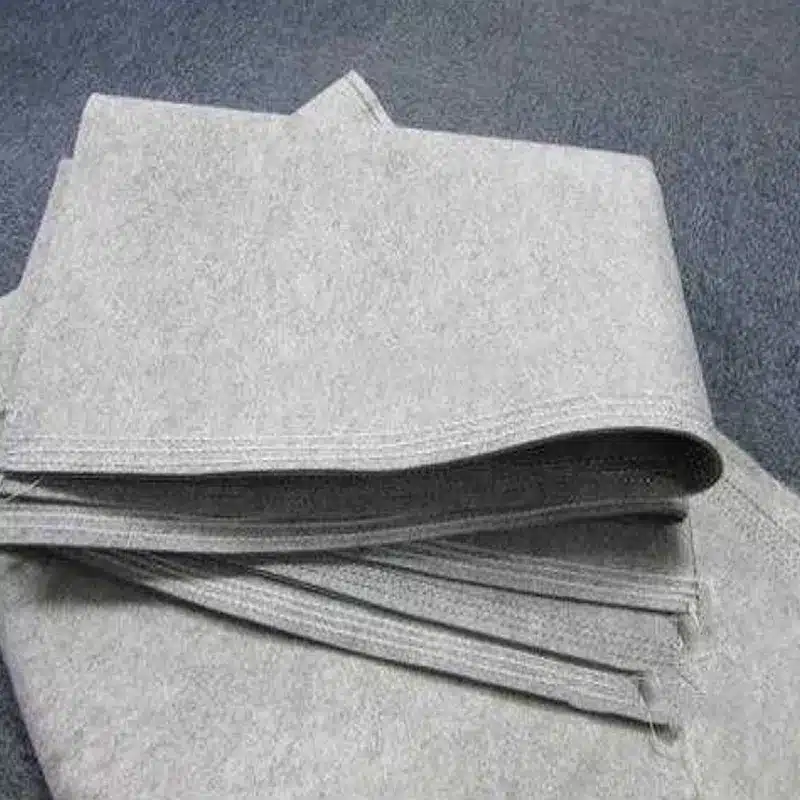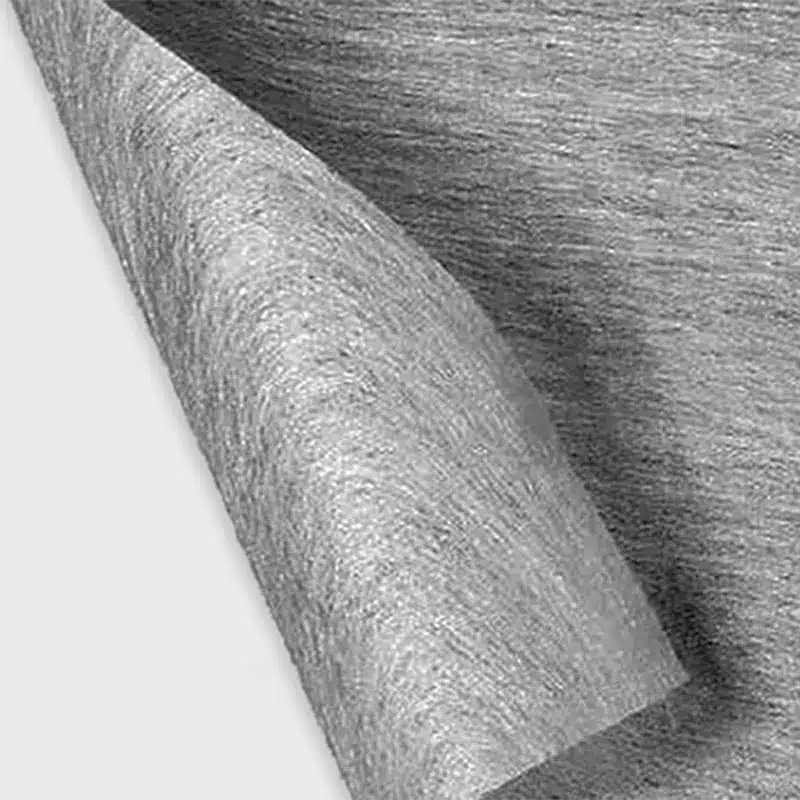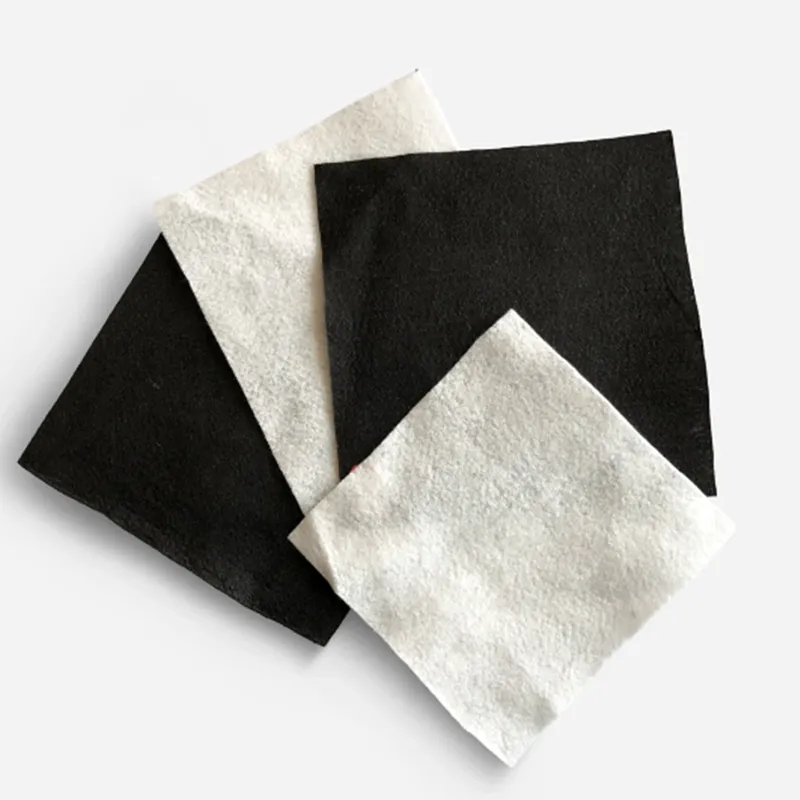+86-159 9860 6917
info@geofantex.com
geofantex@gmail.com
+86-400-8266163-44899
The main purposes of a non-woven geotextile are separation, filtration, and drainage. Unlike woven fabrics, these fabrics are produced through a needle punching manufacturing process. Non-woven fabrics are described in terms of weight (e.g., 3.4 oz. per square yard) and have a more tactile and visual resemblance to felt.

What is nonwoven geotextile used for?
Non-woven geotextiles are selected when there is a need for both soil separation and permeability. These materials are commonly utilized for wrapping French drains or in combination with other underground drainage systems. Additionally, non-wovens are frequently employed underneath rock riprap revetment, as it is essential to have both separation and drainage functions in such cases.
What are the major functions of geotextiles?
Geotextile fabrics serve five fundamental functions. They provide separation between layers of materials, facilitate liquid drainage, filter out particulate matter, reinforce areas with potentially weak soils, and prevent erosion in locations such as beaches.
What are the advantages of non-woven geotextile materials?
Non-woven geotextiles have a shorter lifespan compared to woven geotextiles due to their lack of reinforced strength from interwoven layers of material. However, in situations where pooling or standing water poses a challenge, non-woven geotextiles provide a superior solution for effectively managing such issues.



Get Free Sample
We’ll respond as soon as possible(within 12 hours)






















